We may earn money or products from the companies mentioned in this post. This means if you click on the link and purchase the item, I will receive a small commission at no extra cost to you ... you're just helping re-supply our family's travel fund.
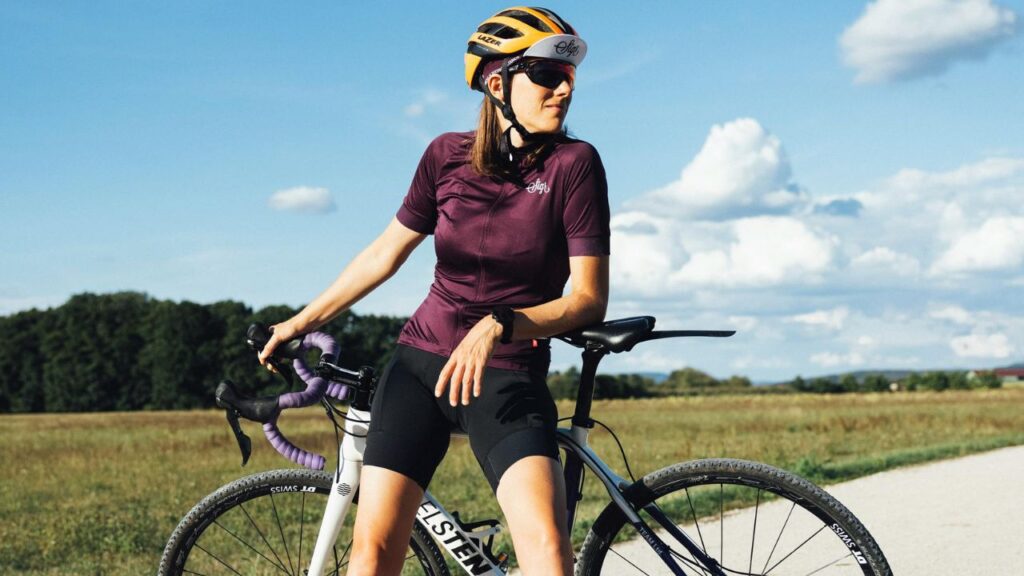
Cycling isn’t just a sport, it’s a revolution for thousands of women in midlife. Whether it’s for freedom, fitness, or rediscovery, more women aged 34 to 60 are getting on bikes and rewriting the rules. Once seen as a man’s domain, cycling now offers women a powerful way to reconnect with their bodies, communities, and sense of self. Here’s how midlife cycling is changing lives, one ride at a time.
Learning to Ride Later in Life
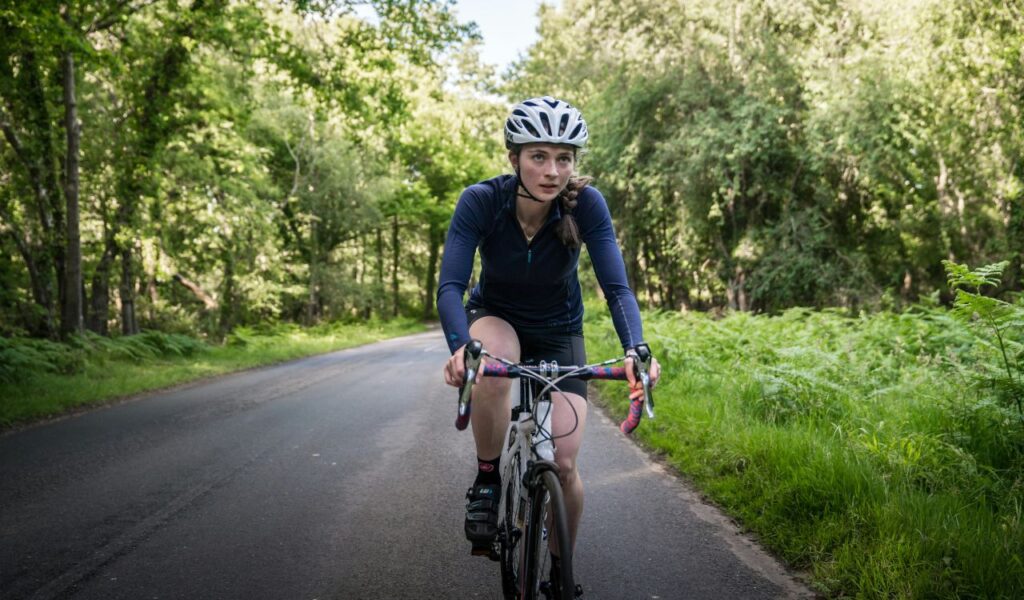
For many women, like Anne-Marie Salmon, midlife is the first time they’ve ever truly learned how to ride. It’s not about racing or speed, it’s about starting something new and proving to yourself that you can. By taking free local lessons and building confidence with every pedal, women are showing that it’s never too late to learn, grow, and push through fears that once seemed like lifetime limitations.
Finding Power in Community
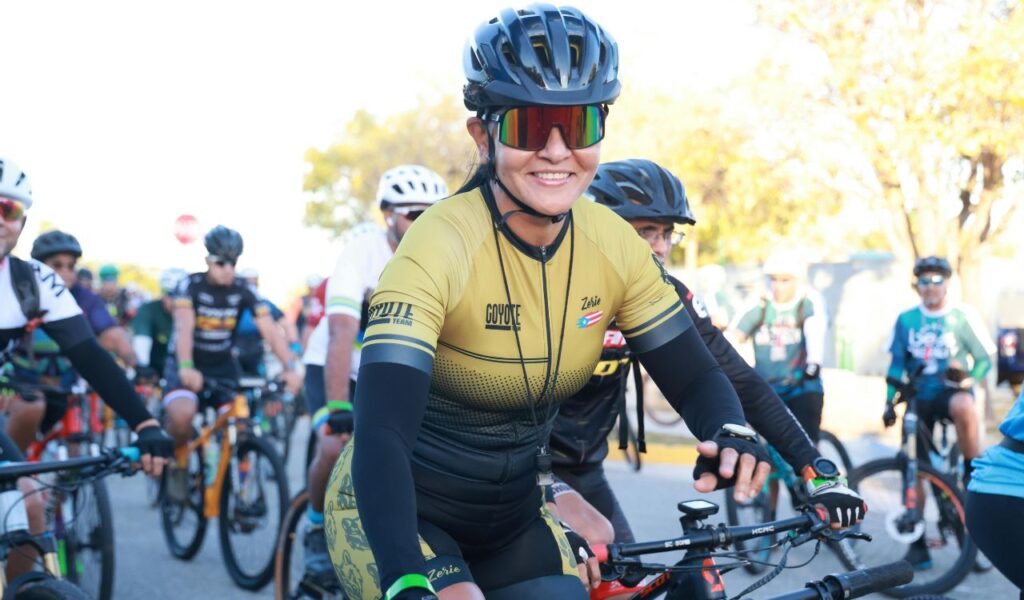
Cycling alone can be freeing, but riding in a supportive group multiplies that power. Collectives like WCCC Women of Colour Cycling Collective create inclusive spaces for women who have often felt left out of the cycling world. These communities provide not only training and safety, but a sense of belonging, encouragement, and shared purpose—something many women didn’t realize they needed until they found it.
Ditching the Commute
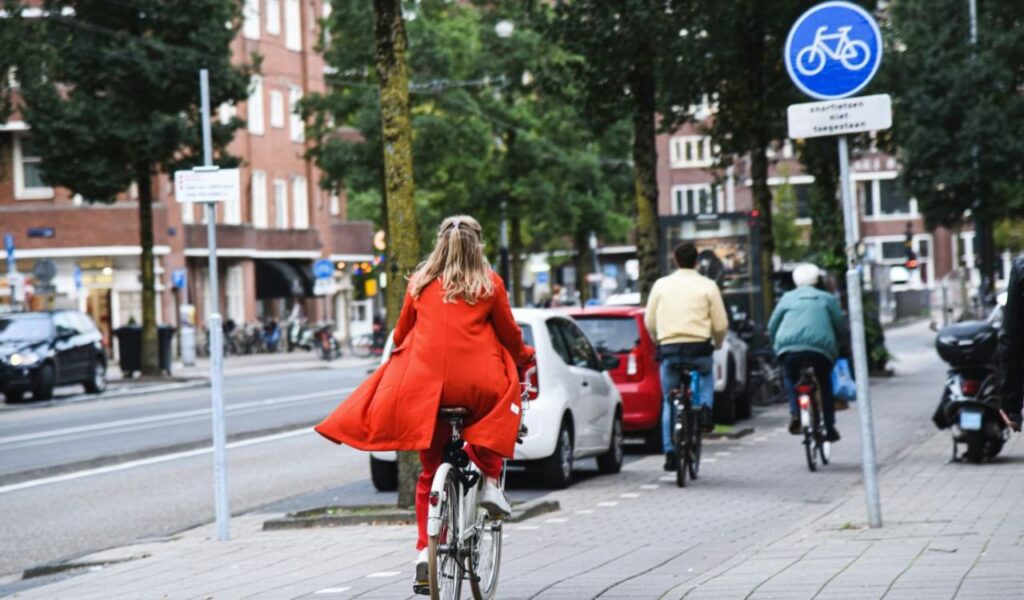
Cycling offers more than just fitness it’s a practical lifestyle upgrade. For women like Anne-Marie, cycling has replaced public transport as the go-to option. It’s quicker, cheaper, and way more satisfying. Checking Google Maps for a bike route instead of a bus timetable becomes second nature. The ability to hop on a bike and go anywhere builds independence and eliminates the stress of traffic and crowded trains.
Reclaiming Joy and Youth
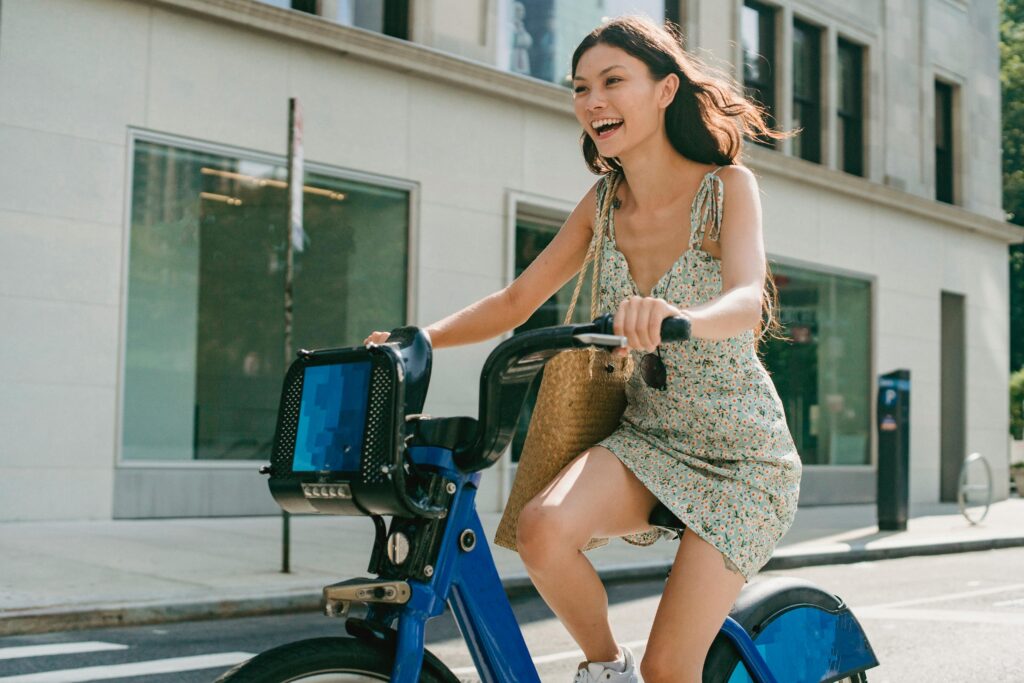
Riders like Carla Francome describe the feeling of returning to childhood—wind in your face, joy in your chest, legs pumping toward freedom. After years focused on family, work, or caregiving, getting back on a bike is like reclaiming a part of yourself that got left behind. It’s not about being fast—it’s about feeling alive again. That reconnection with playfulness brings surprising emotional clarity and confidence.
Building Strength and Stamina
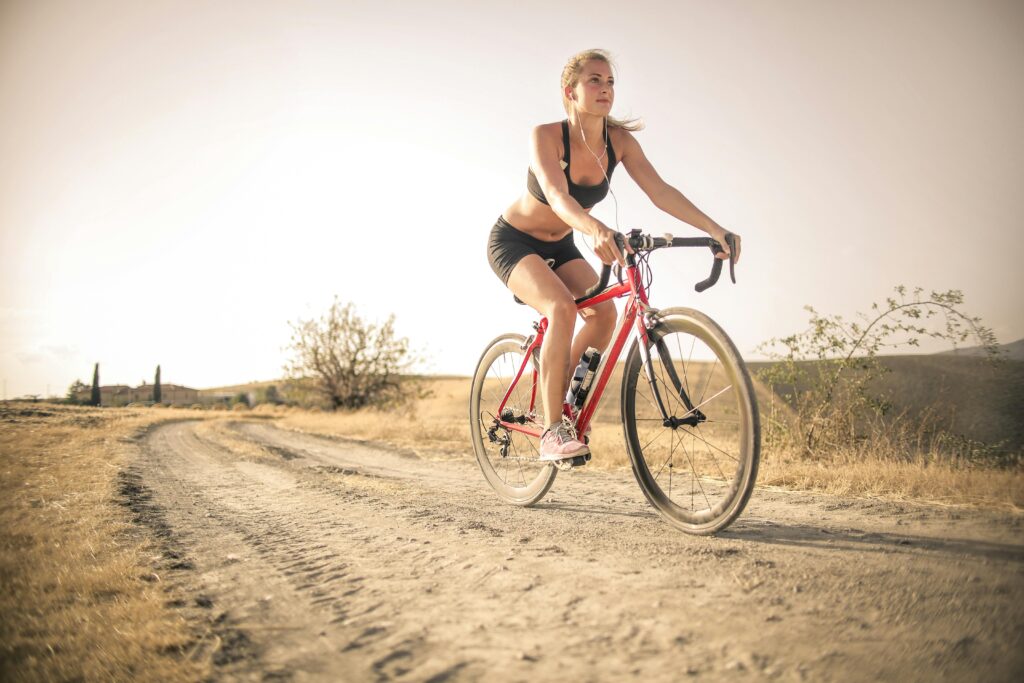
Cycling can be the gateway to a stronger, fitter self—even if you’ve never considered yourself “athletic.” Erika Parker started riding during lockdown, and by her 50s, she was doing organized rides and training with friends. It’s not about setting records. It’s about feeling your body grow stronger, seeing your endurance rise, and appreciating what your muscles can do. That progress builds not just strength, but lasting pride.
Boosting Mental Wellbeing

Cycling’s physical benefits are obvious but what it does for mental health might be even more powerful. The solitude of a long ride, the rhythm of the pedals, the release of stress it all works to clear your head. Many women report feeling less anxious, more focused, and more grounded since cycling became part of their routine. It’s therapy, movement, and meditation, all wrapped into one activity.
Making Real Connections
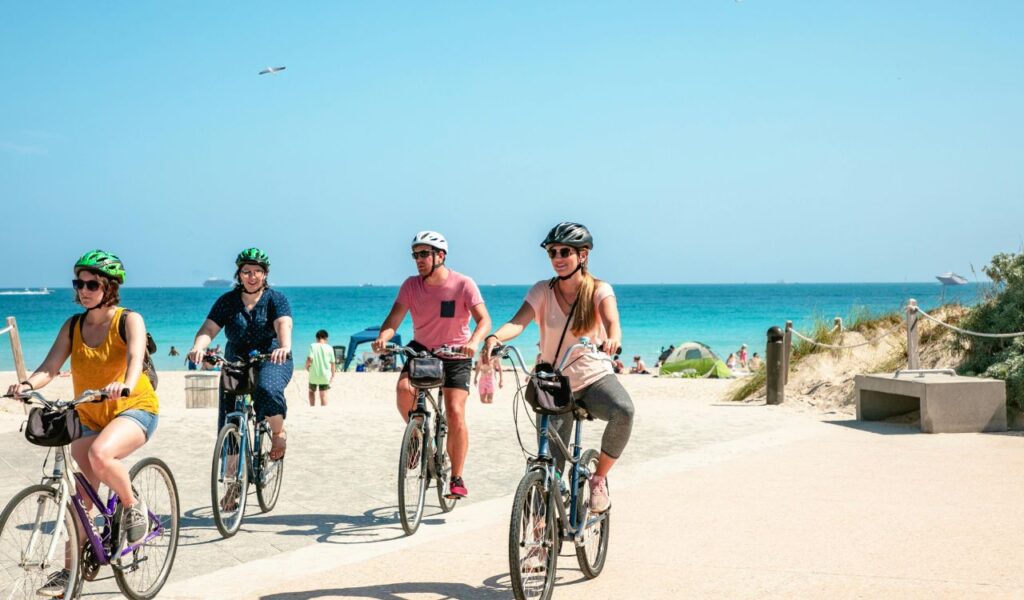
Midlife can feel isolating careers, families, and responsibilities often take over. But riding with friends or strangers who become friends flips that dynamic. Group rides become social rituals, training rides turn into therapy sessions, and shared challenges create bonds that go deeper than surface-level small talk. These connections last far beyond the finish line and often become lifelines of support.
From Protest to Purpose
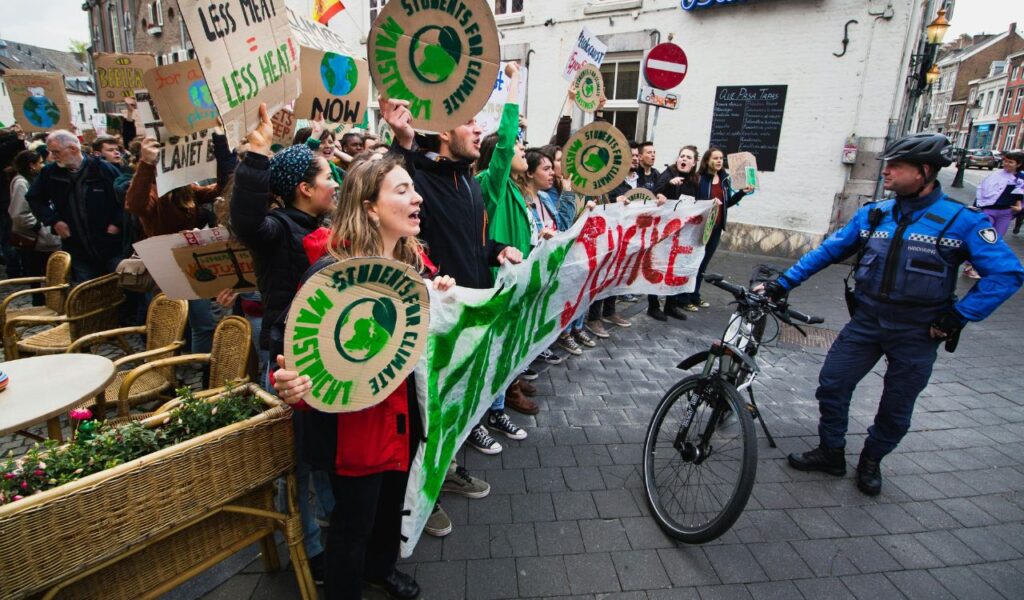
Some women find cycling not through recreation, but activism. Francome’s journey started by protesting cars invading pedestrian spaces. That activism sparked her return to the bike—and eventually, long rides, commutes, and adventures. For her and others, riding a bike becomes both a statement and a solution: reclaiming streets, reducing emissions, and reminding everyone that bikes belong.